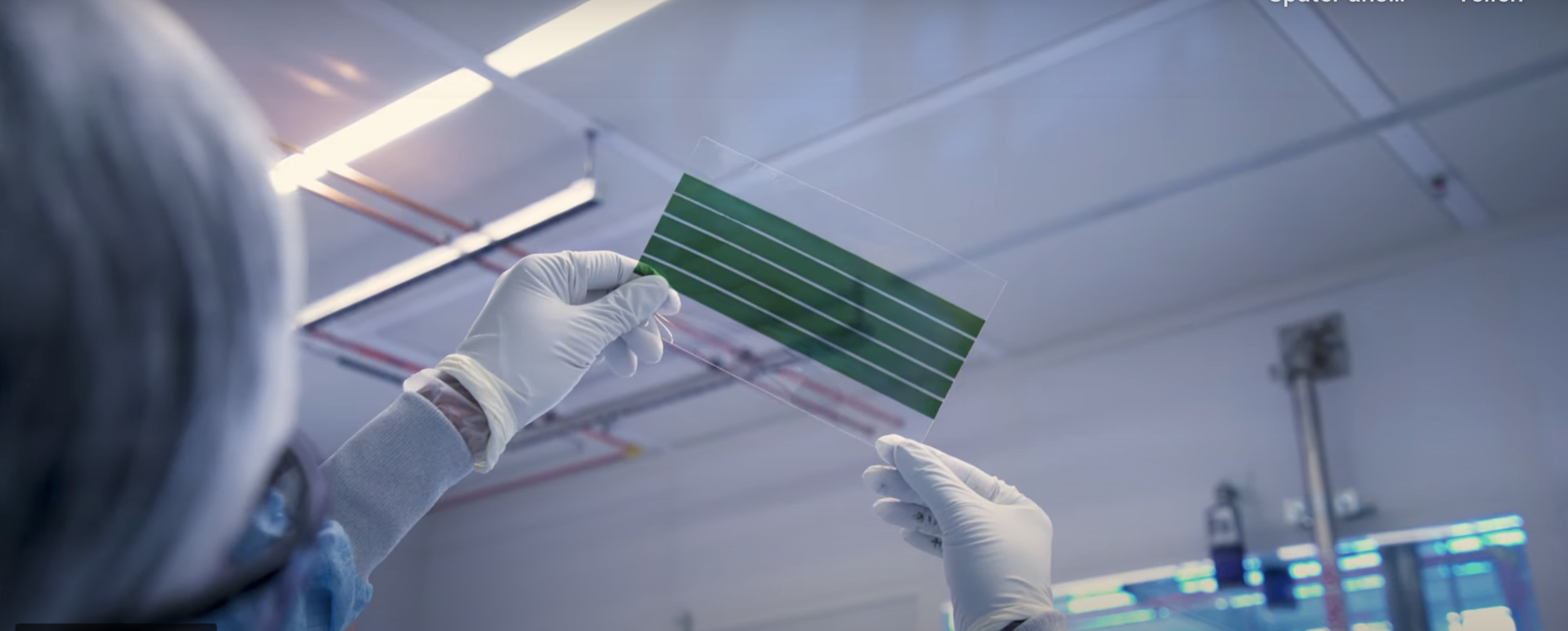MIT researchers have developed a scalable fabrication technique to create ultrathin, flexible, durable, and lightweight solar cells that can be easily stuck to any surface. The solar cells, which are only one-hundredth the weight of conventional cells, are able to generate around 18 times more power-per-kilogram. The team used nanomaterials in the form of printable electronic inks to coat the solar cell structure. The cells are then peeled off the plastic substrate, forming an ultra-lightweight solar device.
The cells, which are much thinner than a human hair, are glued to a strong, lightweight fabric, making them easy to install on a fixed surface. They can provide energy on the go as a wearable power fabric or be transported and rapidly deployed in remote locations for emergency assistance. The solar cells can be laminated onto many different surfaces, such as the sails of a boat or onto the wings of drones.
Traditional silicon solar cells are fragile and must be encased in glass and packaged in heavy, thick aluminum framing, which limits where and how they can be deployed. The MIT team's ultrathin solar cells were previously fabricated using complex, vacuum-based processes, which can be expensive and challenging to scale up.
"The metrics used to evaluate a new solar cell technology are typically limited to their power conversion efficiency and their cost in dollars-per-watt. Just as important is integrability -- the ease with which the new technology can be adapted. The lightweight solar fabrics enable integrability, providing impetus for the current work. We strive to accelerate solar adoption, given the present urgent need to deploy new carbon-free sources of energy," said Vladimir Bulović, the Fariborz Maseeh Chair in Emerging Technology and leader of the Organic and Nanostructured Electronics Laboratory (ONE Lab).
The research was published in Small Methods.

